The First Indian Woman To Hold a Concert, How Padma Bhushan Hirabai Transformed Music
Hindustani Classical vocalist Hirabai Barodekar of the Kirana Gharana was a recipient of the Padma Bhushan and paved the way for female artists at a time when they were not allowed to perform on stage. Her immense talent and popularity earned her several awards and disciples, including Padma Shri winner Prabha Atre, Vrinda Limaye, Bakul Pandit, Saraswati Rane and many more.
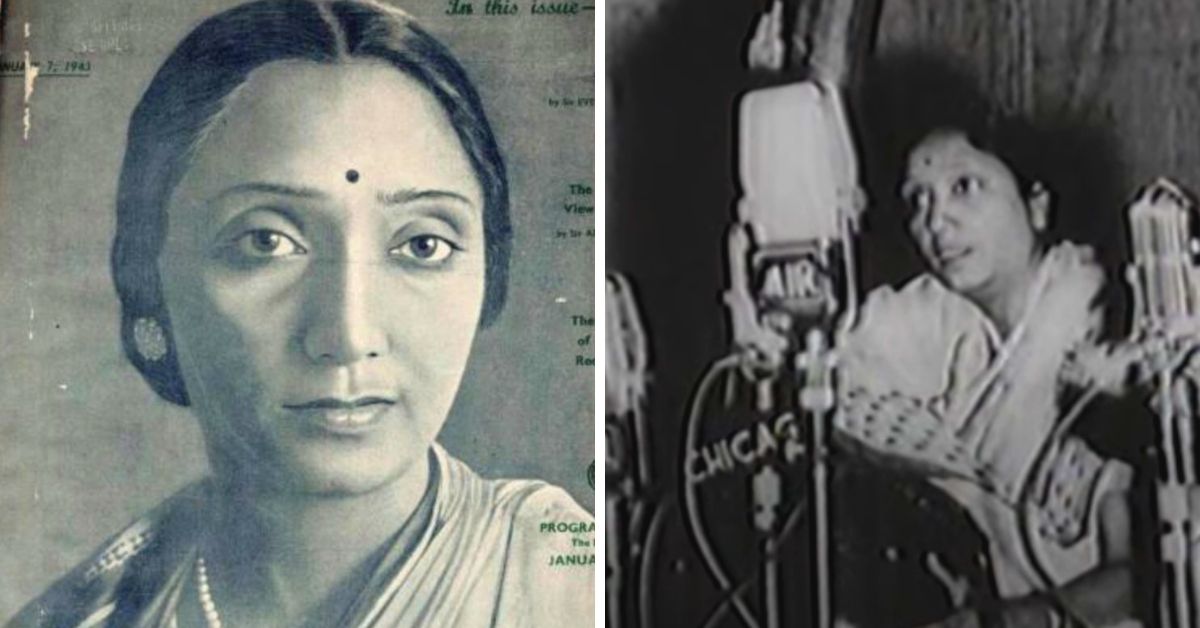
Long before world-renowned musicians and performers like Ed Sheeran and Miley Cyrus — or, closer to home, Sona Mohapatra and Arijit Singh — enthralled audiences with their captivating performances, there was Hirabai Barodekar.
Hirabai was a Hindustani Classical vocalist and a recipient of the prestigious Padma Bhushan. She defied patriarchal norms and paved the way for female singers to perform on stage. She is credited for brewing a silent social reform in the 1900s by becoming the first woman artist to organise a paid concert in India. Also a pioneering female thespian, Hirabai mitigated the moral code of disallowing women artists to act in plays in the 19th century. In his book Drama Queens: Women Who Created History on Stage, Veejay Sai says she drove the narrative of women in the artistic field.
Hirabai discovered her love for singing at a very early age, and performed her first public concert at 16 in Bombay (now Mumbai). Sixteen years later she would bag a prestigious offer to sing at the All-India Music Conference in Calcutta (now Kolkata).
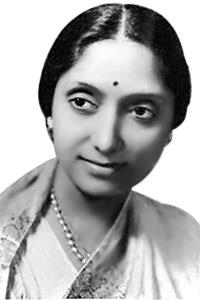
However, her breakthrough came in 1947, the year India gained Independence. She was bestowed with the honour of singing the national song, Vande Mataram during the programme held at Red Fort, where Jawaharlal Nehru raised the national flag. Her performance evoked an immense sense of patriotism and loyalty in the hearts of the audience, which she believed was the most rewarding part of being on the stage.
“When your mind is troubled and distraught, you could do no better than to listen to Hirabai’s music. It has an uncanny quality of conveying a sense of peace,” Ramakrishna Buva Vaze, the maestro of the Gwalior gharana said while describing Hirabai’s act.
Though she was born in a family of connoisseurs of classical music, Hirabai created her own niche, and cemented her place in the performing arts.
‘Too weak to survive’
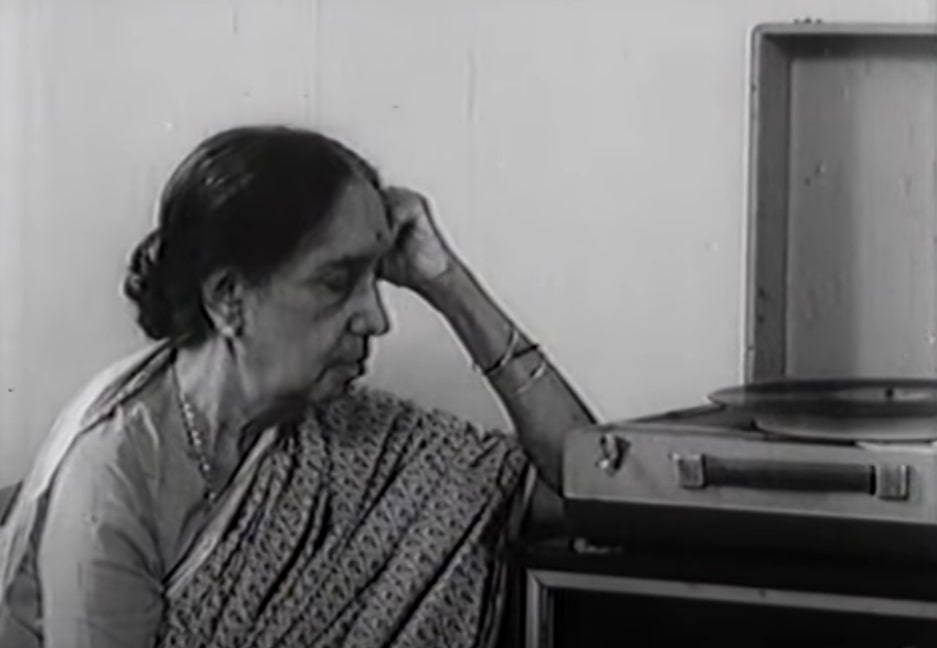
Hirabai was born prematurely in Miraj, a city in Southern Maharashtra, to parents Ustad Abdul Karim Khan and Tarabai Mane in May 1905. According to Mohan Nadkarni, an author and well-known musicologist, Hirabai was left unattended after the nurse thought she was too weak to survive. The nurse instead attended to Tarabai, who was also in a critical condition.
“While attending to the patient, however, the doctor glanced at the baby out of sheer curiosity. And, within moments, [the baby] gave out a shrill cry to proclaim, as it were, her existence,” Nadkarni wrote in 1980.
Though Hirabai came from a family of professional singers, her mother wanted her to become a doctor. But true and loyal to her genes, the stalwart would somehow find ways to spend time with her brother, Suresh Babu, who was learning music under Abdul Karim Khan at the time. Even at a tender age, Hirabai was sincere and carried utmost respect for music. She would keenly observe her brother, and then practice the patterns and sequence in isolation.
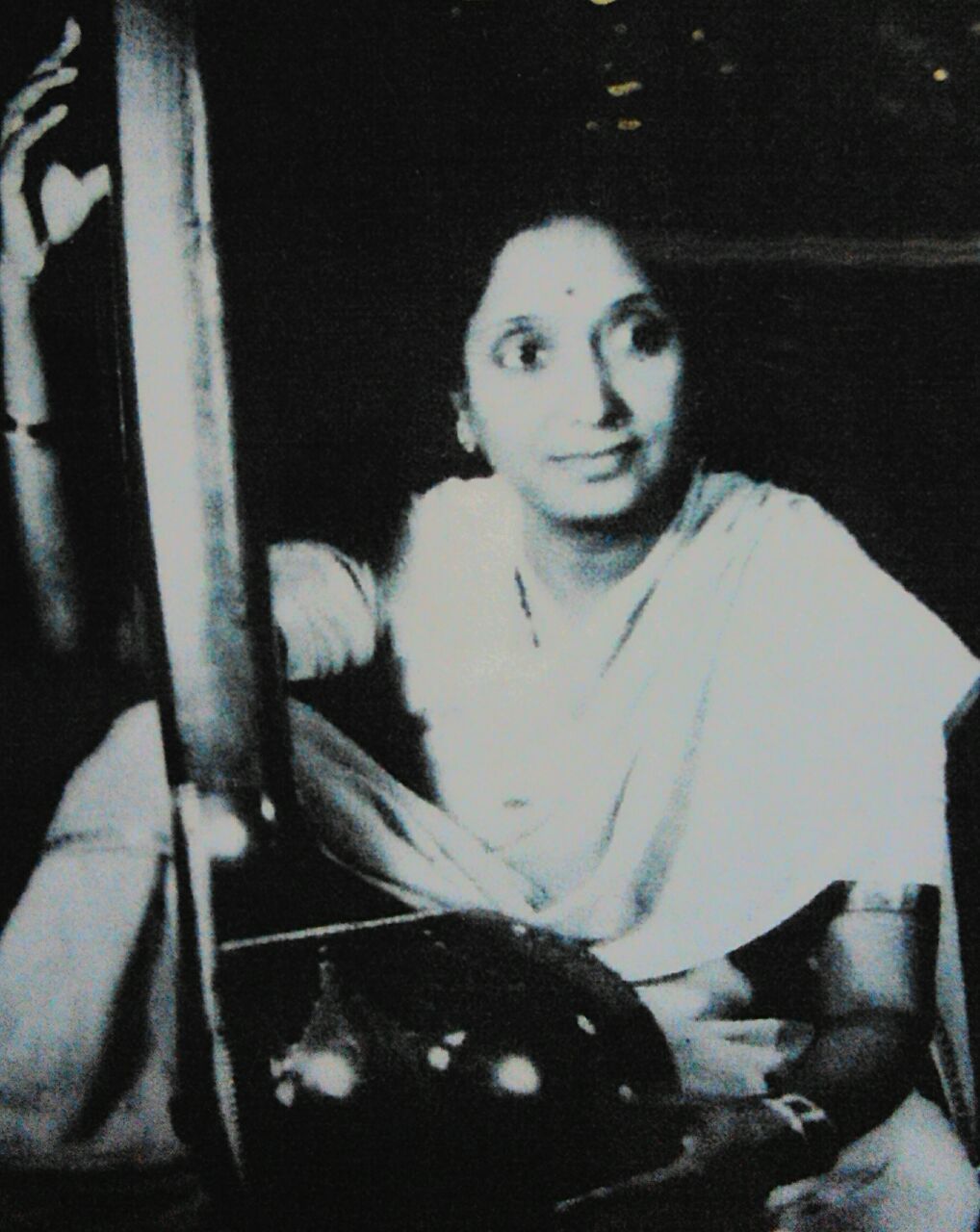
Tarabai saw this and could not ignore her daughter’s talents. She finally gave in, and permitted Hirabai to pursue her passion for music. Thus began Hirabai’s career in music, under the tutelage of her uncle, Abdul Wahid Khan of the Kirana gharana. Her unwavering dedication in music was seen when she rigorously practised one raga (Patdeep) for three months.
Hirabai’s parents separated when she entered her teens. She and her siblings chose to stay with their mother.
Exploring the stage & beyond
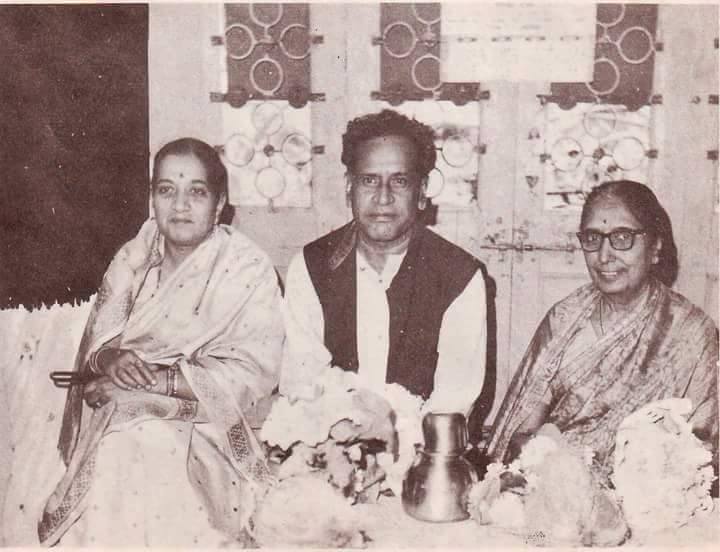
Hirabai began her training at a time when the idea of a woman performing on stage in front strangers was frowned upon. Despite this, she fearlessly trained under several gurus, from her eldest brother Sureshbabu Mane to Pandit Ramkrishnabuwa Vaze (doyen of Gwalior gharana) and Pandit Govindrao Tembe (for NatyaGeet).
The Kirana gharana is swara/tone-oriented, and each note is so immersed in emotions that it creates a soothing sense of peace in the mind. The beauty of this gharana is that it can be enjoyed by everyone, as prior knowledge in classical music is not a prerequisite to appreciating the music.
Hirabai quickly adapted and made the gharana her home. The comfort and confidence with which she sang Kirana transfixed the audiences and music connoisseurs alike. Her rendition of Taar Shadaj deserves a special mention here, because not only did it make her popular, it also enhanced the position of Kirana gharana. She was a versatile singer and though khayal-singing was her forte, she shone in thumri, bhajan, bhavgeet and natyageet.

A disciplined professional, her simplicity and generosity made a mark when she got her first break in 1921. She was invited to perform at the anniversary celebrations of Gandharva.
Mahavidyalaya, an institution established in Bombay to promote and propagate Indian classical music and dance.
After this, there was no looking back.
She unleashed her artistic self by exploring other mediums like drama, films and radio. Her performances would often carry social messages. By featuring plays that had performers from different castes, she further broke many barriers. She acted in movies like Pratibha, Janabai and Suvarna Mandir.
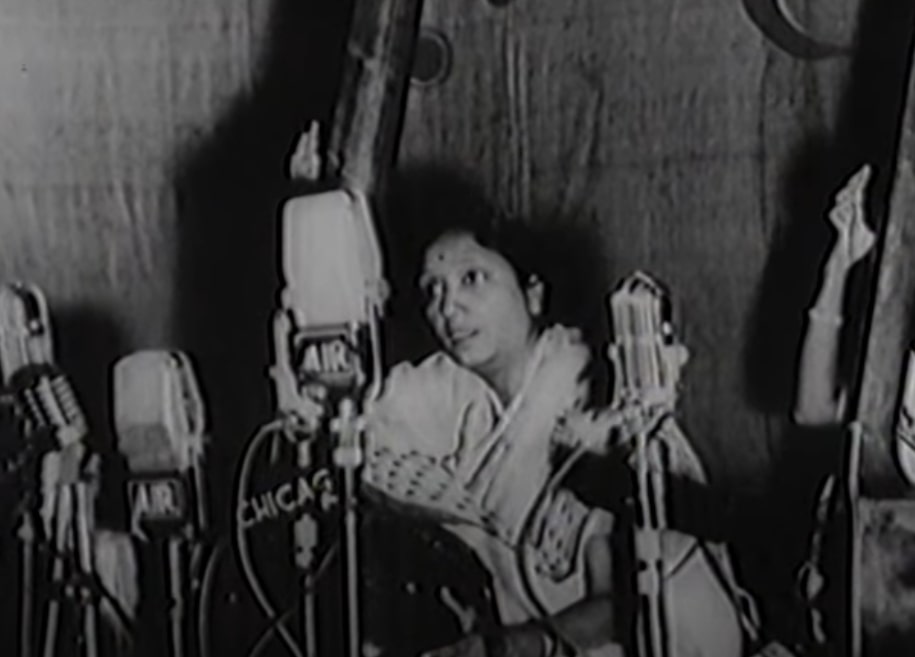
To pass on her expertise and provide a platform to budding female artists, Hirabai established her own company, Nutan Sangeet Sangeet Natak Mandali.
“She can well be hailed as a silent reformer who brought traditional music within the reach of the common man by organising recitals in public halls, in which she participated. It speaks volumes of the courage of a simple woman, who broke the age-old convention that prohibited women from giving professional concerts and performing on the dramatic stage in Maharashtra,” Nadkarni wrote for The Economic Times.
Her stint as a radio artist even earned her the title of ‘Star Broadcaster’ by All India Radio, and she went on to record 200 recordings for various companies.
Gaan Kokila

Hirabai’s immense talent and popularity earned her several disciples, many of whom created their own names in the music industry. These include Padma Shri winner, Prabha Atre; Vrinda Limaye, Bakul Pandit, Saraswati Rane and many more.
Among the various accolades she won were India’s third highest civilian award and Sangeet Natak Akademi award. Her most cherished one was the title of ‘Gaan Kokila’, conferred upon her by nightingale Sarojini Naidu.
During her later years, Hirabai was bedridden for ten years due to paralysis. She passed away at 84.
Phadke, a Marathi novelist, aptly sums Hirabai’s poetic life journey — “She does not create music; she just flowers into it as naturally as does the vast universe into a starlit night.”
Edited by Divya Sethu
If you found our stories insightful, informative, or even just enjoyable, we invite you to consider making a voluntary payment to support the work we do at The Better India. Your contribution helps us continue producing quality content that educates, inspires, and drives positive change.
Choose one of the payment options below for your contribution-
By paying for the stories you value, you directly contribute to sustaining our efforts focused on making a difference in the world. Together, let’s ensure that impactful stories continue to be told and shared, enriching lives and communities alike.
Thank you for your support. Here are some frequently asked questions you might find helpful to know why you are contributing?


This story made me
-
97
-
121
-
89
-
167











